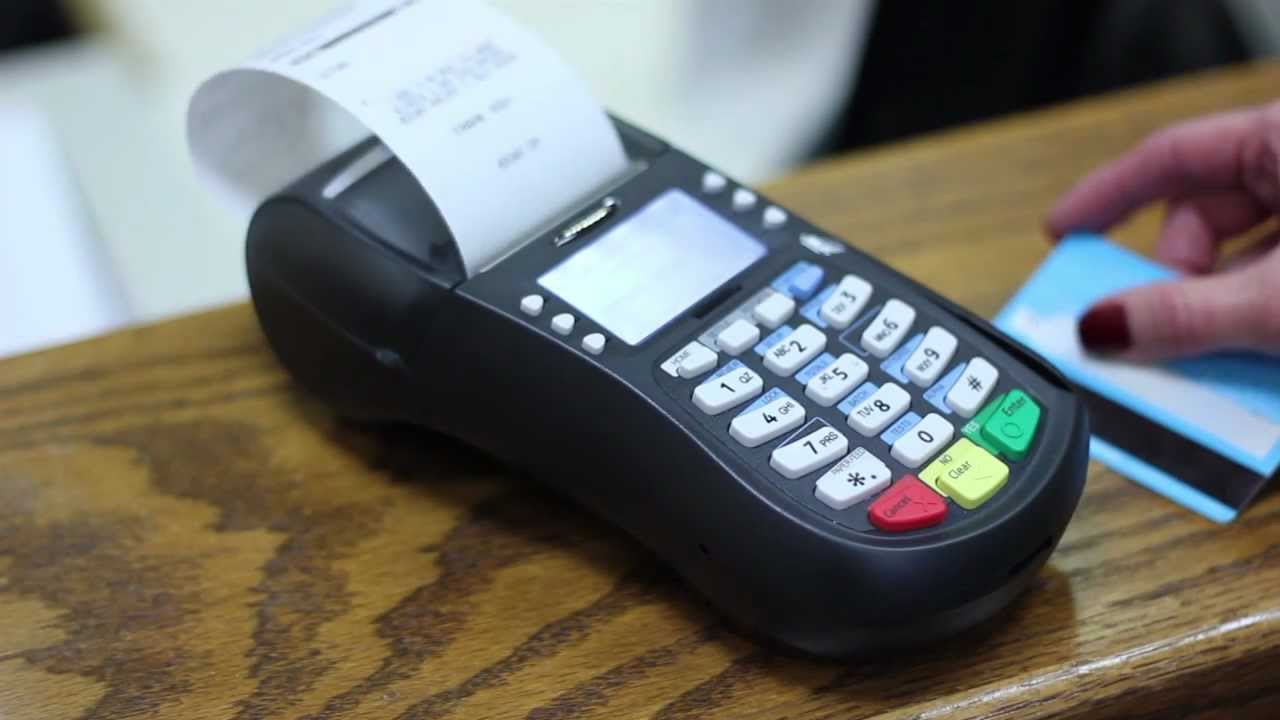A total of 21.19 billion transactions were registered in the Iranian interbank information transfer network, or Shetab, in the previous fiscal year that ended in March, according to the Informatics Services Corporation, the main entity overseeing the country's payment network.
Using the Shetab system during the 12-month period, "people were able to transfer 38 quadrillion rials ($1.01 trillion) of capital", reports the company that created the interbank network on its official news website.
As ISC outlines, the staggering number of payment transactions are better put into context when realizing that the rapid increase in payment activity has not hindered the process of enhancing the scope and capability of services.
The system, notes ISC, has had a success rate of 99.97% for its transactions during the year.
The company–whose majority shareholder is the Central Bank of Iran–claims that their system and rate of success "count among the few payment systems throughout the world with such [advanced] capability".
Shetab was launched on July 30, 2002, with the aim of integrating and connecting the bank cards of all Iranian lenders, which goal was realized by 2010.
The ISC itself dates back further and was established in 1993 as the executive arm of the Comprehensive Plan for Automated Banking by the Central Bank of Iran.
According to data provided by the company, March 18, 2017–just three days before the start of Norouz holidays marking the Iranian New Year–was among the busiest days of the year for the Shetab network that registered close to 120 million transactions. The yearend retail blitz usually sees transactions skyrocket, as the shopping season heats up.
That is while average daily transactions for the year stood at 58 million, indicating a growth of 30% compared with the year before.
Bank-by-Bank Data
The company has also provided statistics on transactions for a number of major Iranian banks, which unsurprisingly, places Bank Melli Iran, the country's biggest bank, at the top.
BMI registered "more than 4 billion transactions" last year, which means that it single-handedly accounted for 19% of all Shetab transactions. Bank Mellat came second with 2.9 billion transactions and was followed by Bank Saderat at 2.6 billion.
The state-owned Bank Sepah, Bank Keshavarzi (Agriculture Bank) and the privatized Tejarat Bank each recorded approximately 1.4 billion transactions. The other privatized lender Bank Refah had 1.1 billion transactions to its credit.
This means that "from the total of 36 banks and credit institutions connected to Shetab, three banks (Melli, Mellat and Saderat) accounted for 45% of the transactions and 46% of their total value", ISC said.
Shetab transactions consist of point-of-sale terminals, ATMs and telephone banking among others. POS transactions accounted for more than 57% of all transactions last year. ATMs took up 27%, mobile phone transactions accounted for 7%, with the web-based inter-bank transfers registering a 5% share.
The rest were done through kiosks, landlines and physical branches.
"The important part of this section of statistics is that account balance inquiries were down by 7% while paying bills through Shetab also decreased by 6%" during the previous fiscal year.
The reason for the scanty share of mobile transactions going through Shetab is that they only consist of inter-bank mobile transactions made by citizens via mobile applications.
Shaparak is the specialized payment and settlement network for electronic and mobile banking transactions, which records millions of transactions daily.
In conclusion, ISC says "soon and with the integration of Shetab with international networks, foreign citizens and Iranians who travel abroad will be able to benefit from the system".
Shetab and Russia's Mir system have currently been integrated and holders of bank cards of the two national payment systems will be able to use ATMs in each other's country from late August as was announced by CBI in mid-May.
Iran is also in various stages of integrating its bank card system with those of Azerbaijan, Iraq, China and Japan, but has yet to reach a final deal.


